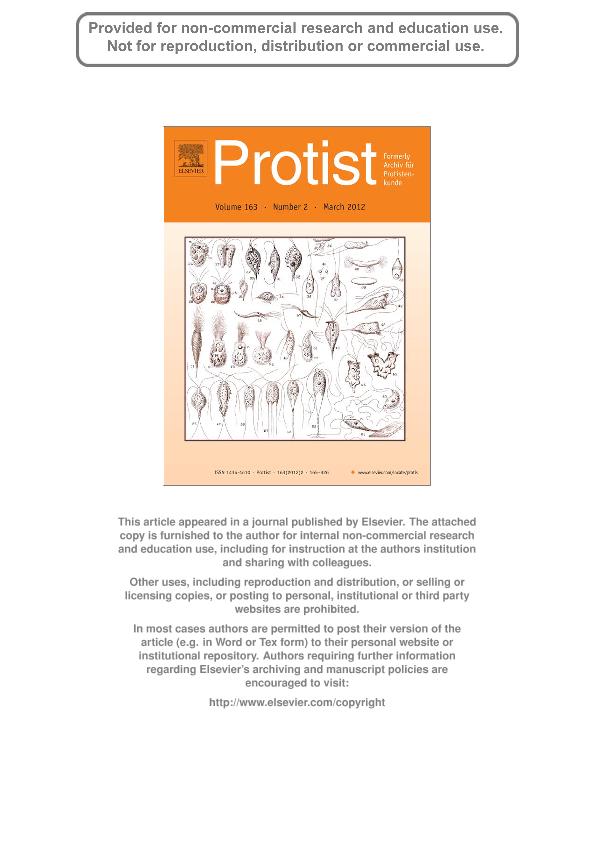Artículo
Plastidic Phosphoglycerate Kinase from Phaeodactylum tricornutum: On the Critical Role of Cysteine Residues for the Enzyme Function
Fecha de publicación:
03/2012
Editorial:
Elsevier Gmbh
Revista:
Protist
ISSN:
1434-4610
Idioma:
Inglés
Tipo de recurso:
Artículo publicado
Clasificación temática:
Resumen
Chloroplastidic phosphoglycerate kinase (PGKase) plays a key role in photosynthetic organisms, catalyzing a key step in the Calvin cycle. We performed the molecular cloning of the gene encoding chloroplastidic PGKase-1 in the diatom Phaeodactylum tricornutum. The recombinant enzyme was expressed in Escherichia coli, purified and characterized. Afterward, it showed similar kinetic properties than the enzyme studied from other organisms, although the diatom enzyme displayed distinctive responses to sulfhydryl reagents. The activity of the enzyme was found to be dependent on the redox status in the environment, determined by different compounds, including some of physiological function. Treatment with oxidant agents, such as diamide, hydrogen peroxide, glutathione and sodium nitroprusside resulted in enzyme inhibition. Recovery of activity was possible by subsequent incubation with reducing reagents such as dithiothreitol and thioredoxins (from E. coli and P. tricornutum). We determined two midpoint potentials of different regulatory redox centers, both values indicating that PGKase-1 might be sensitive to changes in the intracellular redox environment. The role of all the six Cys residues found in the diatom enzyme was analyzed by molecular modeling and site-directed mutagenesis. Results suggest key regulatory properties for P. tricornutum PGKase-1, which could be relevant for the functioning of photosynthetic carbon metabolism in diatoms.
Palabras clave:
PHAEODACTYLUM TRICORNUTUM
,
PHOSPHOGLYCERATE KINASE
,
REDOX REGULATION.
Archivos asociados
Licencia
Identificadores
Colecciones
Articulos(IAL)
Articulos de INSTITUTO DE AGROBIOTECNOLOGIA DEL LITORAL
Articulos de INSTITUTO DE AGROBIOTECNOLOGIA DEL LITORAL
Citación
Bosco, Maria Belen; Aleanzi, Mabel Cristina; Iglesias, Alberto Alvaro; Plastidic Phosphoglycerate Kinase from Phaeodactylum tricornutum: On the Critical Role of Cysteine Residues for the Enzyme Function; Elsevier Gmbh; Protist; 163; 2; 3-2012; 188-203
Compartir
Altmétricas




